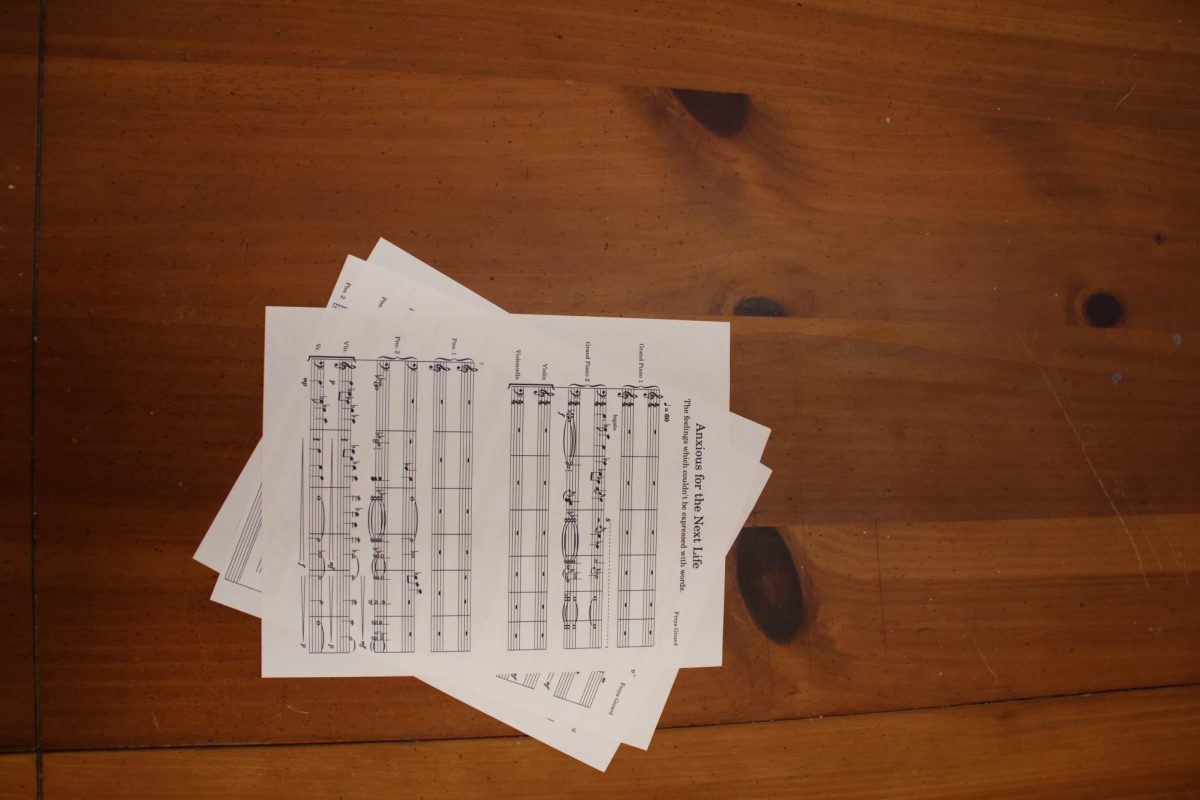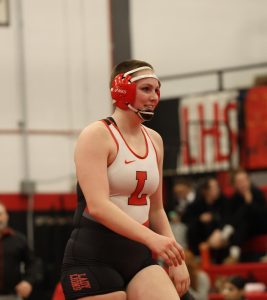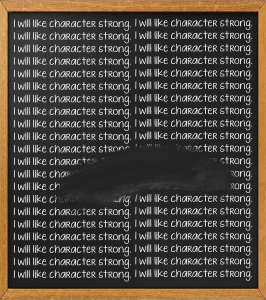Decision at Free State challenges free speech rights
Confederate flag resolution questionable with reference to First Amendment
February 18, 2016
The Free State High School administration has been both praised and criticized since late January for banning the Confederate flag on their school campus.
The ban came about when a student flew the flag on the back of their truck, which was parked on school property, and Free State students complained the flag symbolizes racism.
“So basically what happened is a student put a Confederate flag on his truck,” Free State junior Meredith Shaheed said. “I didn’t actually see it but I heard it was fairly large. Another student took it down, and got ISS.”
Free State administrators told the Lawrence Journal-World they banned the symbol to prevent discrimination and disruption at school.
The ban was celebrated by many students. In a survey of ljworld.com readers, 55 percent of respondents said they supported the ban made at Free State.
However, not everyone agrees with the decision.
Some Free State students voiced discontent on social media, arguing that the school administration’s actions violated their First Amendment rights.
To many, the Confederate flag is a symbol of discrimination and violence against black people. Despite the fact the symbol is offensive to many, it is a First Amendment right to be able to own, wear and fly the Confederate flag in a public setting.
The question is: Can it be displayed in a public school, where the administration has the right to abridge student speech if it becomes a significant disruption?
During the past three weeks, I’ve done research about the constitutionality of the flag in schools, specifically a school parking lot, by contacting the Free State administration, one of our assistant principals and an attorney from the Student Press Law Center in Washington D.C.
On Jan. 29, assistant principal Mike Norris met with the journalism staff to discuss whether administration would consider banning the Confederate flag at LHS.
Norris said he was not sure whether the Free State administration’s decision should impact LHS at all, since every situation is different.
While we talked to Norris, it became apparent that many staff members had different opinions on whether or not the flag could or should be banned.
We cited Supreme Court cases like Tinker v. Des Moines (1965), which ruled that school must prove speech or expression is disruptive to the learning environment in order to abridge students’ First Amendment rights. In this case, it was noted that fear of possible disruption is different from actual disruption.
On the other hand, cases like Bethel v. Fraser (1986) came up as well. This case used Tinker v. Des Moines as a precedent after a student gave a campaign speech at a school assembly with sexual innuendos, which initiated a disruption.
However, Adam Goldstein, the representative from the Student Press Law Center, said the case didn’t apply to this situation. The SPLC provides free legal information for student journalists, and we felt that this issue needed an outside view.
Bethel v. Fraser referred to “captive audiences,” Goldstein said, where people don’t have the power to look away from the disruption at hand.
So the question stands: Was Free State’s ban on the Confederate flag violating free speech rights (like Tinker v. Des Moines) or a constitutional measure to stop disruption (Bethel v. Fraser)?
A similar case that brought on the Free State ban happened at LHS last semester, Norris said. A junior flew a Confederate flag on their truck in the back parking lot and the administration talked with the student about the offensive meanings behind the flag. However, while the LHS student took the flag off of their truck when asked, the Free State student did not.
Technically, the school can ban the flag if it causes a physical disruption to the learning environment, Goldstein said. Just because a symbol offends students does not mean it can be banned automatically. Whether this flag caused a disruption or was in danger of causing a disruption is the issue, similar to Tinker v. Des Moines.
“If what this boils down to is that the other school was worried that feelings would be hurt or someone would be upset, then its actions are likely unconstitutional,” Goldstein said via email. “If it was responding to events that could have prevented the school from operating normally, then its actions would meet the Tinker standard, and it has the ability to ban the flag.”
Free State’s handbook has a policy to prevent discrimination and harassment in order to maintain a positive learning environment for all students.
If the decision to ban the flag was made solely as a preemptive measure to stop discrimination, it was probably violating the First Amendment. But if the student who put the flag on their car impeded people from learning, the decision was constitutional.
“Obviously, one thing that’s different now than it has been in years past is that the level of anger caused by the Confederate flag is much greater than it used to be, so the forecast of disruption is more reasonable than it used to be,” Goldstein said. “But there still must be some evidence they can share with the public that indicates a disruption is substantially likely to occur before they can ban speech of any kind.”
Since the degree of disruption that the flag caused was addressed vaguely by Free State administration, we are unsure whether or not this was a constitutional call.
Students at both schools have been circulating petitions to ban the use of the flag at every district school. In another survey from the Lawrence Journal-World, 55.1 percent said they would support a district-wide ban on the Confederate flag.
So, has the question been answered?
The Confederate flag is a political symbol that, for many, can represent something much more insidious than “Southern pride.” However, the First Amendment gives Americans the right to fly that symbol.
Even being backed by the First Amendment, the Confederate flag can be outlawed at school if it disrupts the learning environment and impedes students from their education. As demonstrated in Supreme Court cases, the degree of disruption caused determines the final decision.
“I think that if the school district claims that it’s first and foremost priority is that everyone should feel safe and comfortable in its learning environment, it can’t passively condone aggressive racism under the guise of free speech,” Shaheed said. “I’m really proud of our administration because no child should have to deal with that.”















